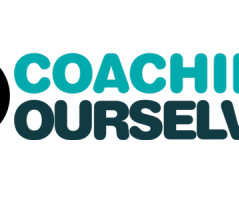5 Ways to Surface Team Conflict and Live to Tell About It
Let's Grow Leaders
JANUARY 22, 2013
We all know deep in our hearts that teams need conflict. ” Leaders and teams have been talking about Tuckman’s forming, storming, norming, performing model since the mid 1960s. Teams were storming long before that. Conflict is “healthy.” We get it intellectually. But conflict is uncomfortable.



















Let's personalize your content